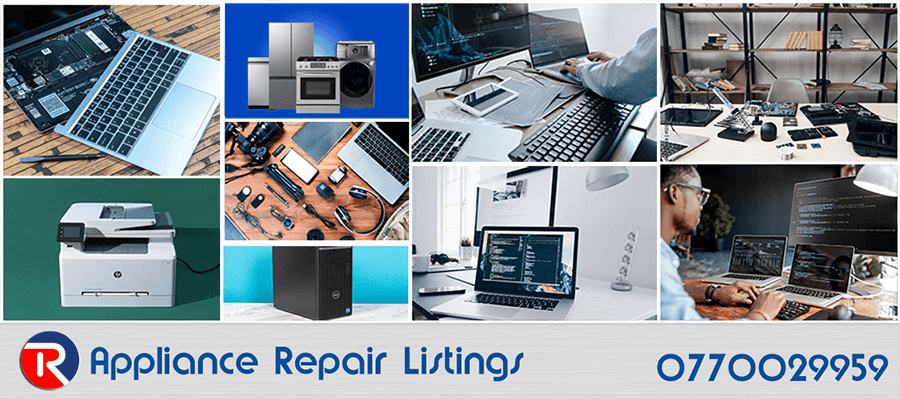Mixer Repair, Maintenance, and Services: Keeping Your Mixer in Top Shape
When it comes to Mixer Repair in Nairobi, entrusting your appliance to skilled professionals is the key to maintaining its functionality and prolonging its lifespan. Don't let mixer problems disrupt your culinary adventures—seek timely repair services and keep mixing with confidence!
Mixer Repair is a crucial service for those who rely on these appliances for their daily culinary endeavors. Whether you're a professional chef in a busy restaurant kitchen or a home cook preparing meals for your family, a malfunctioning mixer can bring your productivity to a grinding halt. That's where Mixer Repair in Nairobi comes in to save the day!
How Mixers Work
Before delving into common problems and repair solutions, it's essential to understand how mixers work. Mixers are versatile kitchen appliances designed to mix, beat, whip, or knead ingredients for various recipes. They typically consist of a motorized base with various attachments such as beaters, whisks, and dough hooks. The motor powers these attachments to mix ingredients thoroughly and efficiently.
Common Problems and Solutions
Despite their functionality, mixers are not immune to issues. Here are some common problems you might encounter with your mixer and the corresponding repair solutions:
-
Motor Issues: If your mixer's motor is not running or is making strange noises, it could indicate a problem with the motor itself or the electrical connections. A professional repair service can diagnose the issue and either repair or replace the motor as needed.
-
Attachment Malfunctions: Sometimes, the attachments of a mixer may become loose, worn out, or damaged over time. This can affect the mixer's performance and result in uneven mixing. Repair technicians can inspect the attachments and either tighten, repair, or replace them as necessary.
-
Speed Control Problems: If your mixer's speed control is not functioning correctly, it can make it challenging to achieve the desired mixing consistency. This issue may stem from a faulty speed control switch or circuitry, which can be repaired or replaced by skilled technicians.
-
Overheating: Continuous use or overloading of the mixer can cause it to overheat, leading to motor damage or electrical issues. Regular maintenance, including cleaning the vents and ensuring proper ventilation during operation, can help prevent overheating problems.
-
Leaking Oil or Grease: If you notice oil or grease leaking from your mixer, it could indicate worn-out seals or bearings. Ignoring this issue can lead to further damage to the internal components of the mixer. A professional repair service can replace the faulty seals or bearings to prevent leaks and ensure smooth operation.
-
Power Cord Damage: Frayed or damaged power cords pose a significant safety hazard and should be addressed immediately. A skilled technician can inspect the power cord for damage and either repair or replace it to ensure safe operation.
Why Choose Mixer Repair in Nairobi
When faced with mixer-related woes, opting for Mixer Repair in Nairobi is the smart choice for several reasons:
-
Expertise: Repair technicians in Nairobi are well-trained and experienced in diagnosing and repairing a wide range of mixer issues.
-
Convenience: Choosing a local repair service means you can quickly get your mixer up and running again without having to wait for weeks for repairs.
-
Cost-Effectiveness: Repairing a malfunctioning mixer is often more cost-effective than purchasing a new one, especially if the issue is minor and can be easily fixed.
-
Quality Service: Nairobi-based repair services prioritize customer satisfaction, ensuring that your mixer is repaired to the highest standards.

